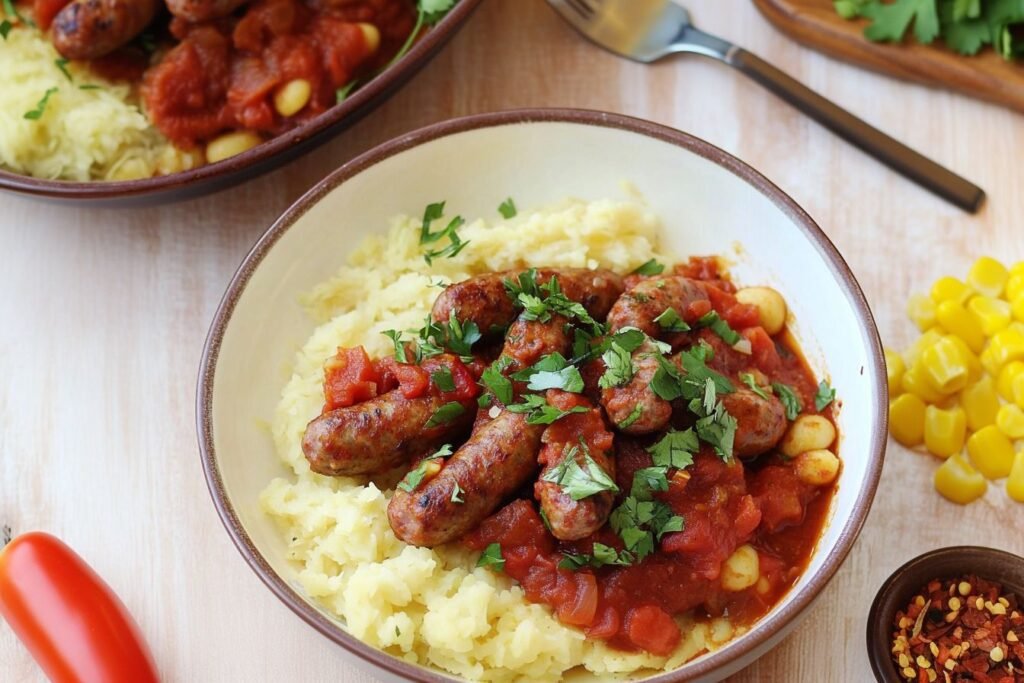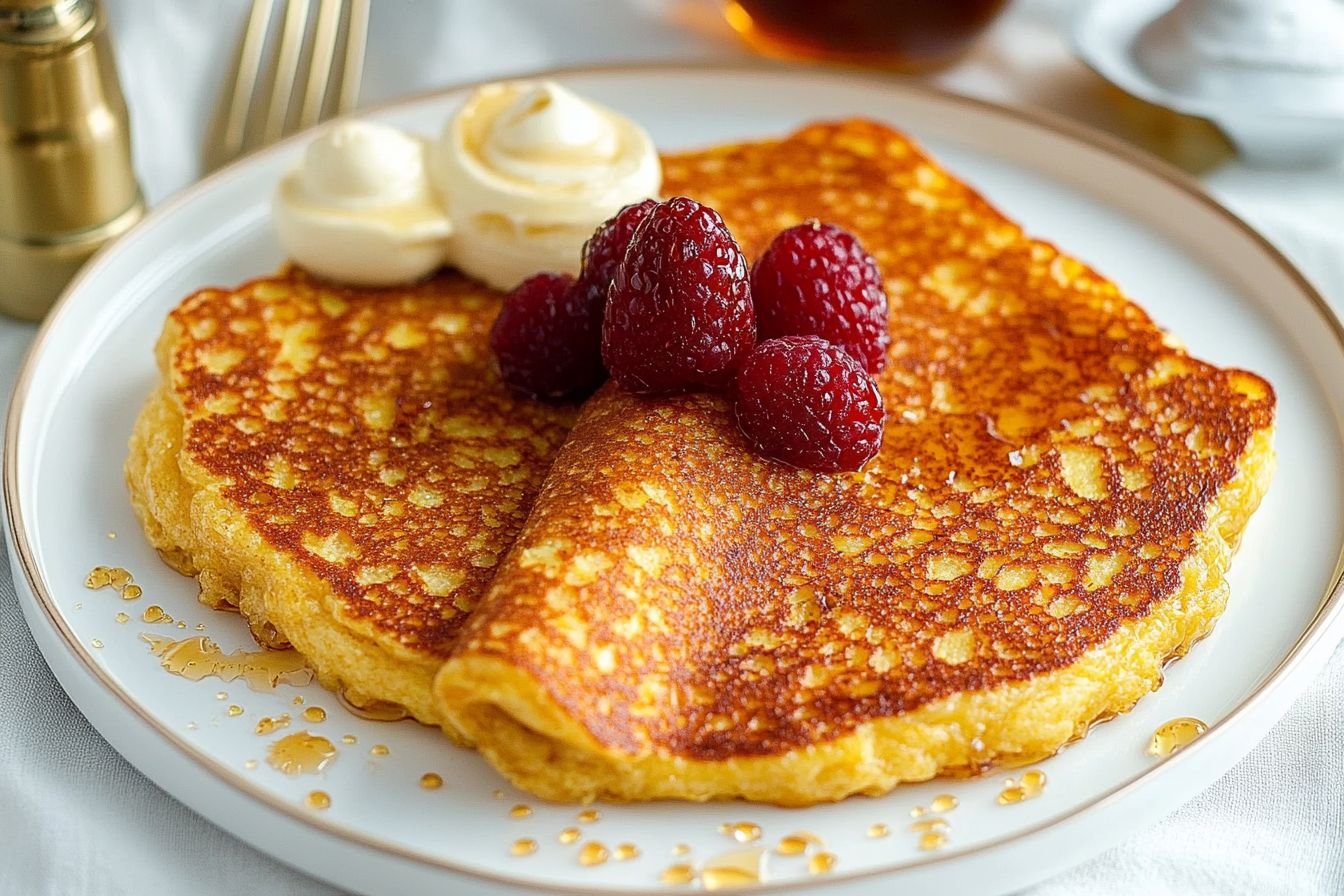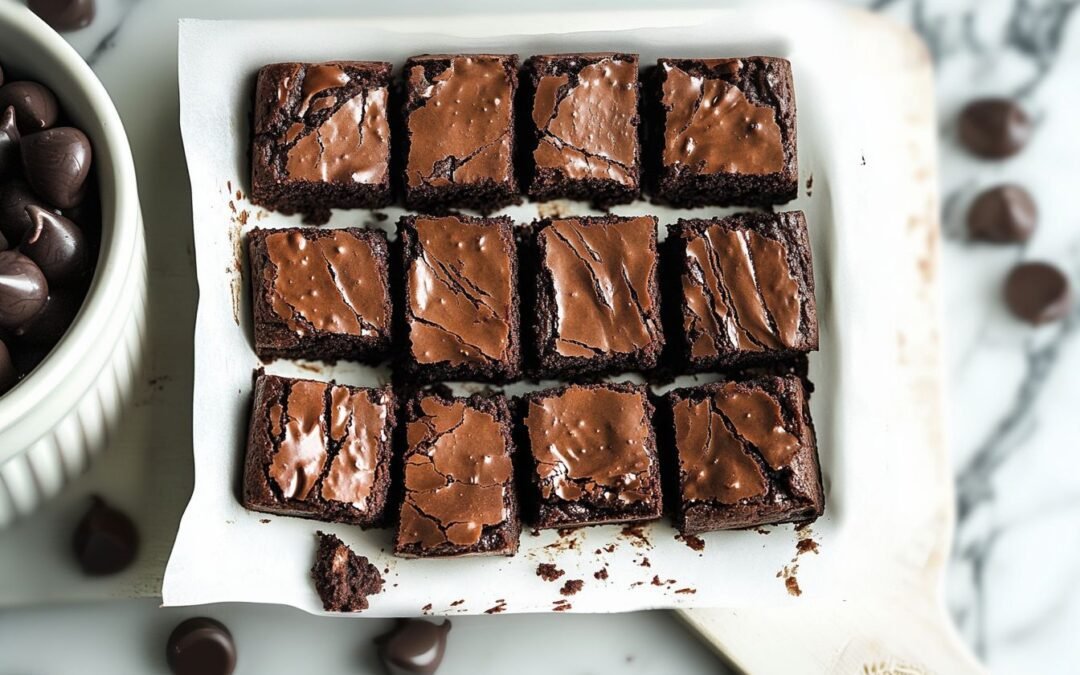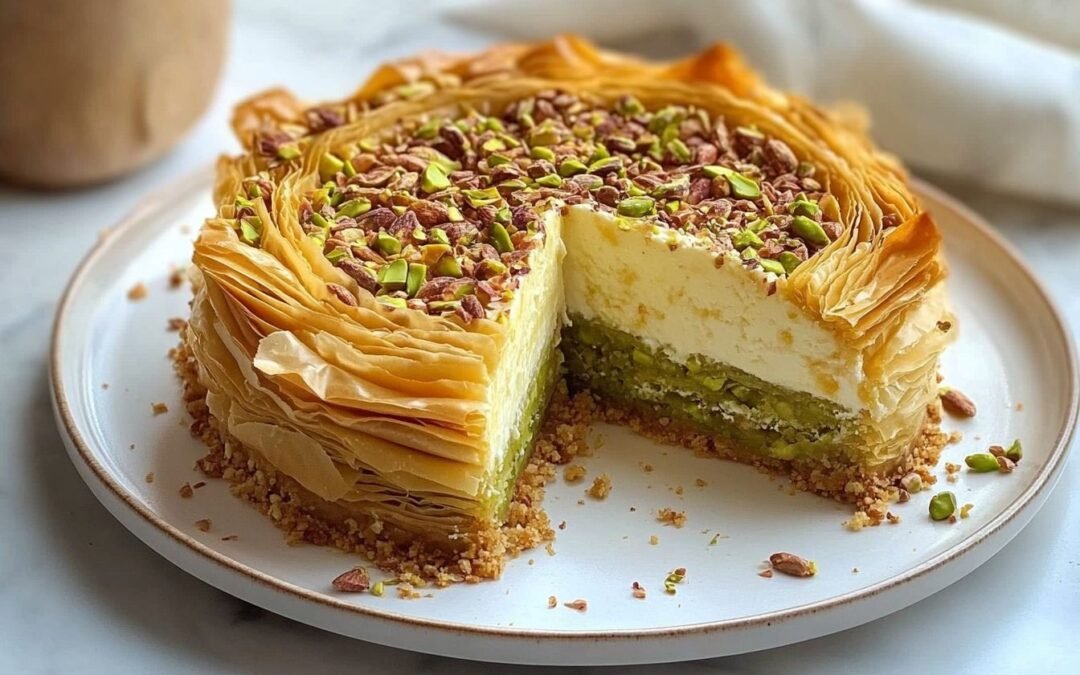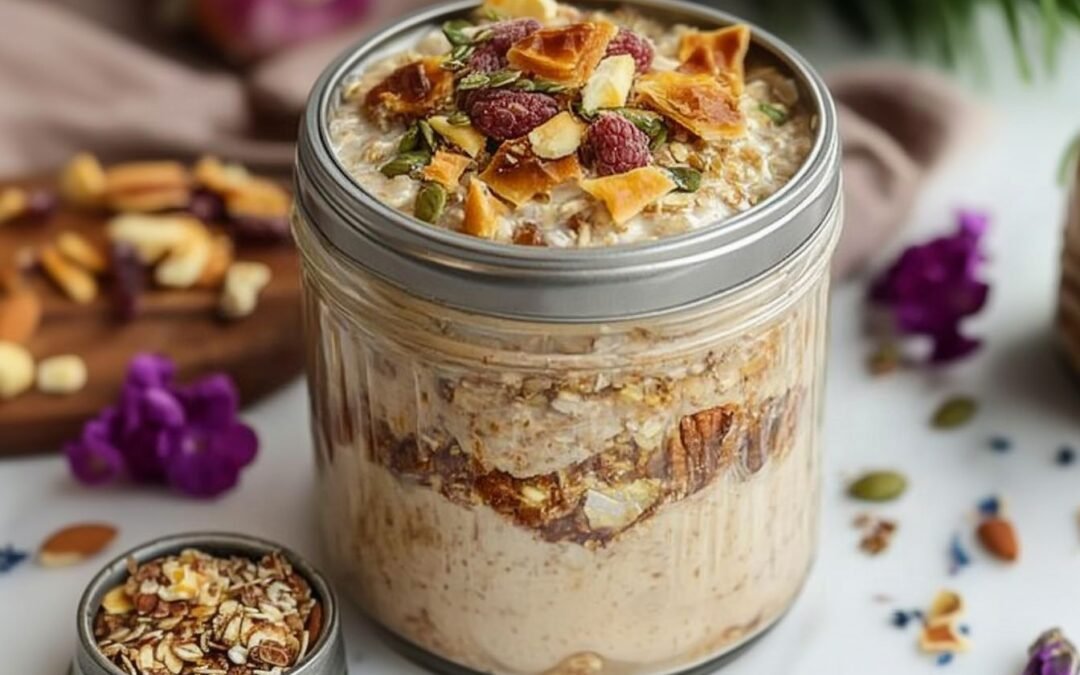When it comes to traditional sweets, few are as delightful as chebab. This popular treat is not only delicious but also relatively simple to make at home. Chebab is a flavorful fried dough, typically made with just all-purpose flour, eggs, sugar, warm water, active yeast, cardamom powder, and saffron threads.
The combination of warm spices and the light, airy texture makes chebab a favorite for gatherings and celebrations. I recall the first time I tried making these luscious treats; the aroma filled my kitchen and brought a smile to everyone’s face. Each bite is a delightful experience, merging a hint of sweetness with the subtle complexity of cardamom and saffron.
History of Chebab
Emirati chebab is a traditional pancake deeply rooted in the UAE’s culinary heritage.
Originating from the Bedouin communities, this dish reflects the influence of trade and cultural exchange in the Arabian Peninsula.
With ingredients like saffron, cardamom, and yeast, chebab showcases the UAE’s historical connections to the Indian subcontinent and Persia, where these spices were commonly traded.
Traditionally, chebab was prepared by Emirati families as a hearty breakfast, often paired with date syrup (dibs) and cream cheese for a balance of sweetness and richness.
The use of yeast gives it a light, fluffy texture, distinguishing it from other regional flatbreads. Over time, chebab has remained a staple in Emirati households and continues to be enjoyed during special gatherings and daily breakfasts alike.
Today, while modern variations exist, the dish still holds cultural significance, representing the UAE’s rich history and its blend of flavors from the broader Middle Eastern and South Asian regions.
Ingredients
- 1 cup of all-purpose flour
- 1 large egg
- 2 tbsp of sugar
- 1 cup + 3 tbsp of warm water
- ½ tsp of active yeast
- ½ tsp of saffron threads
- ½ tsp of cardamom powder
How To Make Chebab at Home?
- Begin by combining water, sugar, yeast, cardamom, and saffron in a bowl. Stir until well blended and the yeast is dissolved.
- Next, incorporate the eggs and mix thoroughly. Gradually add the flour, whisking continuously until no lumps remain.
- Cover the batter and let it rest for approximately one hour, or until bubbles appear on the surface.
- Heat a nonstick pan over high heat. Pour about 1/3 cup of batter into the center and allow it to spread evenly.
- Cook until the surface is bubbly and dry, then brush with butter. Flip and cook the other side until light red.
- Flip again briefly, then remove and place on a covered plate to keep warm. Enjoy your chebab!
Nutritional Information
| Nutrient | Amount per Serving (1 pancake) |
|---|---|
| Calories | 103 kcal |
| Protein | 3 g |
| Carbohydrates | 20 g |
| Total Fat | 1 g |
| Cholesterol | 27 mg |
| Fiber | 1 g |
| Sugar | 4 g |
Serving Suggestions
Traditional Accompaniments
Emirati Chebab is traditionally served with a combination of sweet and creamy accompaniments that enhance its rich flavors.
The most common pairing is date syrup (dibs), a natural sweetener deeply embedded in Emirati cuisine, providing a caramel-like depth to the pancakes.
Another classic addition is cream cheese or fresh cream, which balances the sweetness with a smooth, mild tanginess.
Some families also enjoy it with ghee, adding a buttery richness that complements the warm spices of saffron and cardamom.
These simple yet flavorful accompaniments reflect the traditional Emirati breakfast, where natural ingredients and locally sourced products play a central role.
Contemporary Pairings
In modern times, chefs and home cooks have introduced new and creative ways to enjoy Chebab, expanding beyond traditional flavors.
Some variations include honey or maple syrup, offering a twist on the classic date syrup.
Fresh fruits like berries, bananas, or figs add a refreshing contrast, while nut butter such as almond or pistachio spread introduces a creamy, protein-rich option.
Some restaurants even serve Chebab with whipped cream and nuts, turning it into a dessert-like treat.
Additionally, savory versions have emerged, pairing the pancakes with cheese blends, labneh, or even za’atar, catering to diverse palates.
These contemporary takes highlight Chebab’s versatility while keeping its Emirati roots intact.
Storage and Preservation
Refrigeration
- Store in the fridge for up to 3 days.
- Make sure they are completely cooled before sealing.
Freezing
If I want to keep them longer, freezing is a great option. Here’s how I do it:
- Let the chebab cool completely.
- Wrap each piece tightly in plastic wrap.
- Place in a freezer-safe bag or container.
- Label with the date.
These can last for up to 2 months in the freezer. When I’m ready to enjoy them, I thaw in the fridge overnight.
Reheating
To reheat, I find that the oven or a skillet works best.
- Preheat the oven to 350°F (175°C).
- Wrap the chebab in foil for 10-15 minutes.
Using a skillet, I prefer medium heat to avoid burning.
Common Mistakes To Avoid
- Incorrect Flour Choice: Using the wrong type of flour can affect texture. I recommend all-purpose flour for the best results. Avoid whole wheat as it can make the dough too dense.
- Skipping the Proofing Step: I’ve found that skipping the proofing can lead to a flat chebab. Allowing the dough to rest helps develop the flavors and creates a better rise.
- Overlapping Filling: When adding the filling, I ensure it’s spread evenly. Overlapping can lead to leakage during cooking, which makes a mess.
- Cooking at Too High a Temperature: Cooking at a high temperature can result in burnt outsides and raw insides. I typically use medium heat for more even cooking.
- Not Using Enough Oil: I’ve learned that a little extra oil can lead to a crispier texture. Don’t be shy about it; just be careful to avoid making the chebab greasy.
- Rushing the Cooking Process: Taking my time is key. Rushing can affect texture and flavor, so I’m patient while each piece cooks through.
Conclusion
Chebab is a delightful treat that reflects the rich culinary traditions of its origins. I find it fascinating how this dish combines flavors and textures to create something truly special.
The process of making a chebab can seem intricate, but with practice, it becomes enjoyable. I appreciate the step-by-step approach, which allows me to experiment with different ingredients.
Here are a few key points to remember about chebab:
- Versatility: It can be filled with various ingredients, from sweet to savory.
- Cultural Significance: Chebab often has a place in celebrations and gatherings.
- Cooking Techniques: I enjoy trying out different methods to achieve that perfect golden crust.
Every bite of chebab brings a sense of comfort and nostalgia. I love sharing this experience with friends and family, as it often sparks joy and conversation.
By the way, this chebab can be a great dessert after having lamb sausage tagine!
Interested? Get the recipe now (by clicking the image below):
